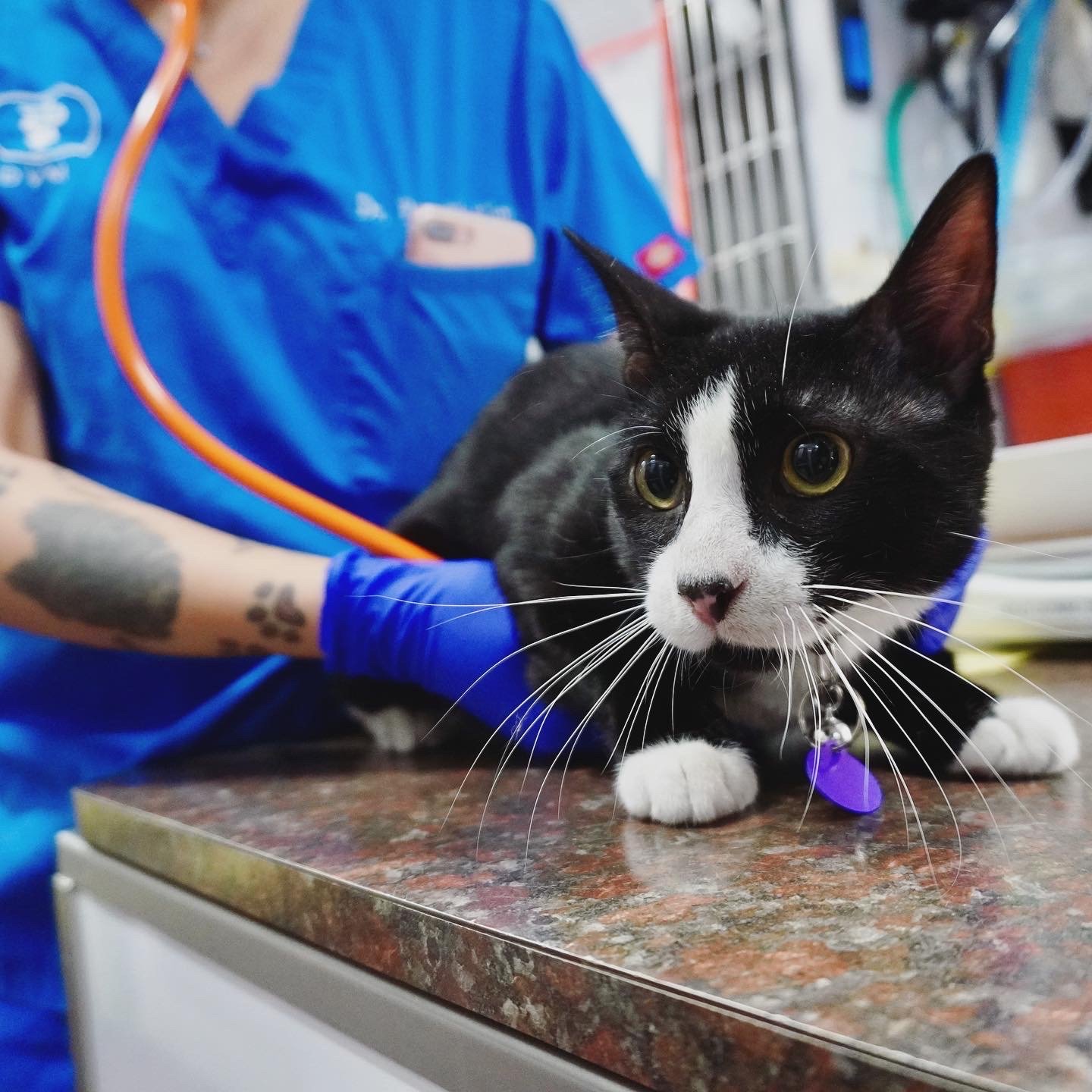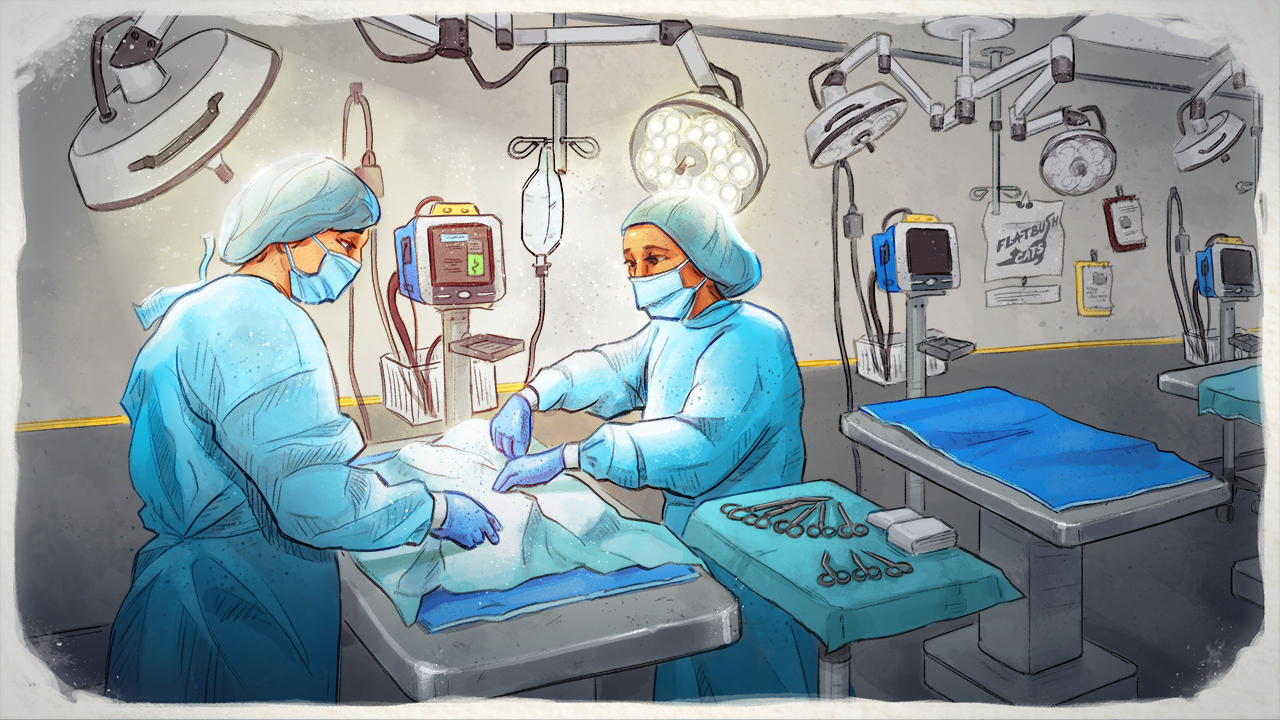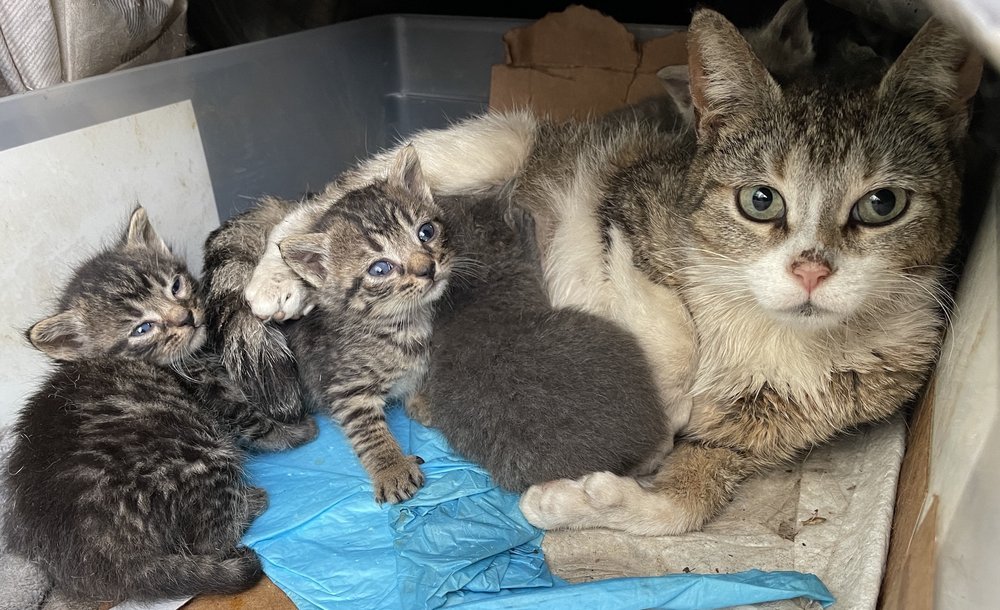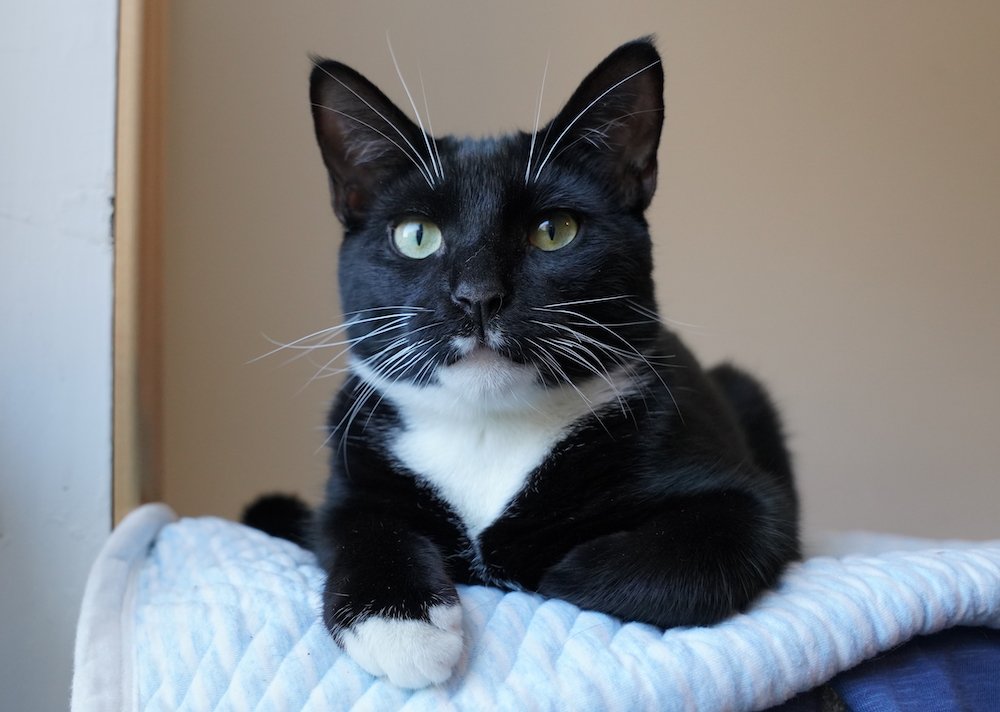I’m excited to share a few updates with you about the future of Flatbush Vet - the high volume, low cost veterinary clinic you helped build - and how this model can help even more pets and their people in the future.
NYC needs a sustainable - and scalable - clinic model
The need for accessible veterinary care in NYC is massive. More than half of all New Yorkers - over 4.7 million people - live in households that cannot afford a basic vet visit.
A problem this massive will require large scale solutions. That’s why Flatbush Vet was designed to be a model - let’s learn what works, and then scale it to help more pets.
Here are three questions we’re working through right now.
1. What does sustainability look like for Flatbush Vet?
Our first clinic should be on a really strong foundation before we can grow further. We’re beginning to look at key metrics across three areas:
Community needs - Can the clinic address the majority of basic veterinary needs for local pet owners and rescue / TNR volunteers? This includes factors like pricing / affordability, accessibility (location, hours, language, etc), and services offered.
Team retention - Can the clinic attract and retain skilled veterinary staff - which is a huge challenge across the country? We can’t grow without vets.
Financials - Can the clinic support 70%+ of expenses through earned revenue / service fees? It can cost several million dollars per year to deliver quality veterinary care for thousands of patients, so diversified funding streams are critical.
Later this year I’ll be sharing a breakdown of how we’re doing across all three areas - but we’re seeing enough promising signals to start having a few parallel conversations now.
2. How do we scale this model across the city?
“Imagine a clinic like this in your district - and every neighborhood across New York City.”
That’s our pitch to city council members, including top representatives from the budget / finance team, Health Committee, and the Speaker’s office - who have all recently toured Flatbush Vet.
NYC has an estimated 790,000 unfixed pets in need of free or low cost spay/neuter services right now. Which means that animal shelters are always overcrowded, in part, due to the lack of affordable veterinary care in NYC.
Two problems, one solution.
We’ve shared an initial proposal with city council leaders for the FY2026 budget to fund additional low-cost spay/neuter surgeries at Flatbush Vet, a new community engagement pilot, and a road map for citywide implementation.
Important note: as current events highlight, we understand that sustainable models cannot depend heavily on municipal funding - it’s just too volatile. At the same time, the city should be chipping in to help keep costs even lower for our highest need clients - and we’d be limiting our impact by not even trying to fund this correctly. We’ll move forward either way with your support.
How do we scale this model across the country?
“Imagine a clinic like this in every city.”
I recently developed and presented a new 60-minute training session, titled “"What does it take to build a spay/neuter clinic?" It covers a ton of lessons we learned in building Flatbush Vet, and tips for overcoming the top barriers every nonprofit might face on the journey.
To my delight, we had 150+ engaged attendees from 32 cities, across 19 states, attend the first training - plus Canada, the UK and Ireland!
So many people are dreaming big right now, and you are the catalyst. You made our dream clinic a reality - and that’s just the beginning. Now, imagine a wave of spay / neuter and low cost veterinary clinics opening across the city and the US in the next decade.
Let’s make it happen. Thank you for joining us on this mission.














